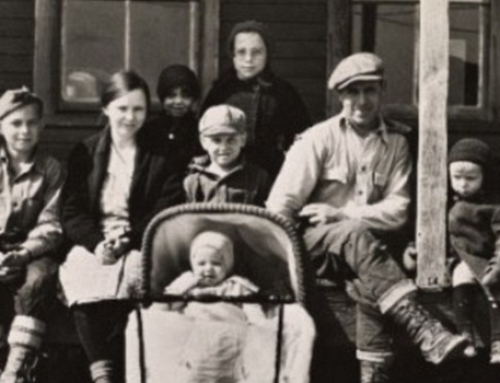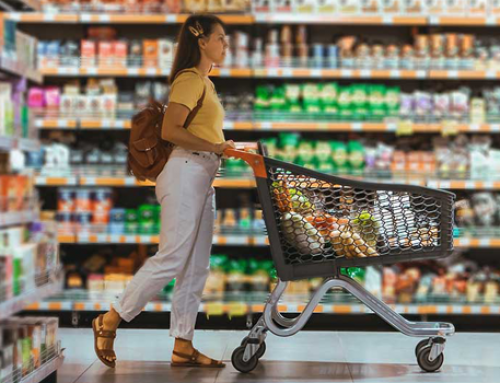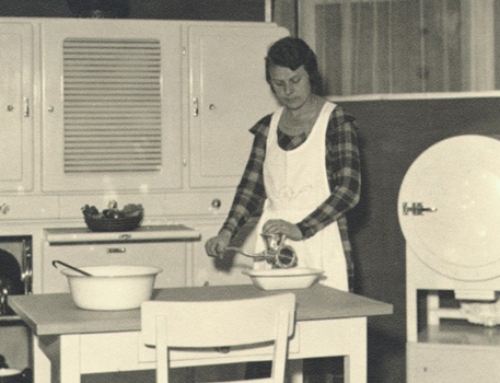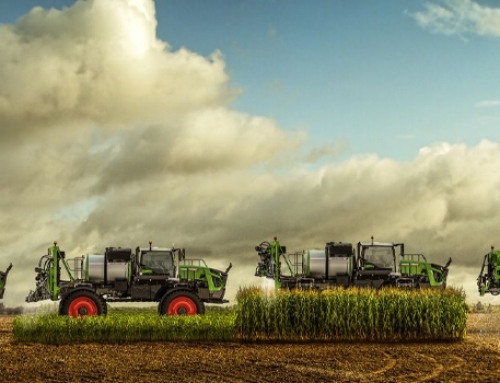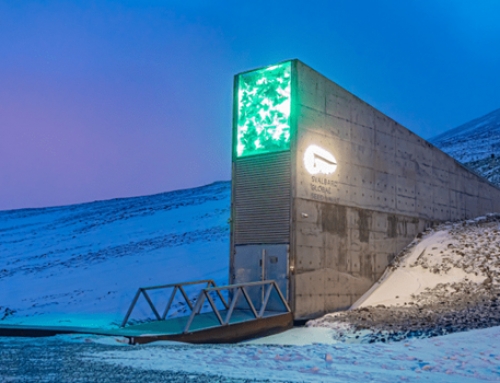For many, water is an afterthought. Those of us in 1st world countries think nothing about turning on a faucet and drinking what comes out of the tap (unless you are from Flint Michigan). It is only when you lose that due to contamination (like at Flint) or you are in a 3rd world country when water becomes a top-of-the-mind issue.
And since we as human beings cannot last much more than three days without some type of water intake, this should be our very first item to prep. By that, I mean that steps are taken to either purchase a supply of bottled water, set up a water barrel, or locate a source of local water that can be filtered and purified for consumption.
I’ve gotten the purifier straws for the bug-out bags, have the 55-gallon barrels, and filled them up without another thought on the matter. Like many newbies, I made a mistake with this initial purchase. I sunk a lot of many into a water storage system when I should have filled some smaller jugs, invested in a smaller water filtration system, something that could be portable. I also filled the barrel and stored it on concrete – a no-no. It had to be emptied and refilled from the get go.
I can’t say that you will not make mistakes as you expand your self-reliance efforts. What I can do, though, is help point you in the right direction so, at the very least, the decisions you make are done with a modicum of knowledge.
Before you jump both feet first into setting up a water storage system, take heed of these five myths of water storage.
Water Storage – Myth vs. Fact
Myth #1: Water can expire
Water cannot expire. Ever. Sure, water can become chemically or biologically contaminated and foul, but it doesn’t go bad or spoil.
What can happen to water is that it can go stale and look or taste bad. The thing you can do to make water that has been standing around for awhile taste better is to aerate it, introduce some oxygen by stirring it up or pouring it from one jug to another.
If the cleanliness of the the water is in question, it can be purified with purification tablets, fresh bleach, or a filtering system.
Technically, if water is stored in a cool, dark area (elements that eliminate evaporation) and away from chemical and toxic fumes, it should last forever.
Myth #2: Water can be stored in any old container that you find around the house
Have you ever had water that has been stored in a 2Liter bottle that had soda pop in it before the water storage? It will take on the flavor of what was stored in the container previously if you don’t prepare the bottle properly. Water should be stored in a UV-resistant, food-grade plastic container or in metallized bags. Traditionally, water storage barrels are blue. The reason for this is that the blue color limits light exposure and biological growth (bacteria and algae) and also signifies that what is stored in the container is safe for human consumption.
The safest containers to hold water in are polyethylene-based plastics, or plastics #1, #2, and #4. Most water barrels are made out of plastic #2 and are BPA-free. If you are in doubt, check with the manufacturer before making purchase, especially if the water is going to be used for drinking.
Don’t use milk jugs for water storage. Since milk jugs are biodegradable, they will break down over time. In addition, it is almost impossible to remove all of the milk sugars from the used jug, opening the risk of contamination.
On the other hand, repurposed soda or juice bottles (made from PETE plastic), make great water storage containers. Just be sure to rinse them well beforehand with a mild bleach solution. This will eliminate any soda or juice residue plus lingering odors.
Myth #3: A water barrel is all you need to consider yourself water–prepared
This one is actually a bit silly. just imagine in what form of container you will need when the event happens that it is needed? I can just see you now: the flooding river is rising and you need to evacuate. Strap on your water barrel and your bug out bag and you are good to go. No, that just can’t be done can it?
You need to plan correctly. Depending on the number of people in your family and whether you have located or set aside a separate water source for hygiene and cleaning, 55 gallons is not going to last long. Conservatively, you are going to need one gallon of water per person per day.
It is always a good idea to have a portable water filter you can transport when you are on the go. In addition, rain barrels can be a great source of non-potable water for flushing and for use in the garden. Good sense dictates that you store water in various sized containers and plan for different situations such as bugging-out, sheltering-in-place, sanitation and so on.
Think through what your true water needs would be in the given situations you may find yourself in. Does it require large containers, or small packable ones? How long would you need to subsist on the reserves? What do you use water on besides yourself and your family? The answers to all these questions will get you closer, and better prepared.
Myth #4: You can save space by stacking water barrels on top of each other
Most water barrels are not designed to be stacked. If space is limited, consider a stacking system designed to accommodate the weight of filled barrels. As you are deciding how you want to store that needed water, plan accordingly with the sturdy shelves or casings that will be needed to keep those water storage containers.
Also, there are options other than barrels, that can be stacked, These include water bricks and even canned water.
Myth #5: Since I have a water purifier, I don’t need a water filter
According to the water specialist, water purifiers like Chlorine Dioxide will kill 99.9% of all microorganisms (like protozoa, bacteria, and viruses) in your water. Chlorine Dioxide is excellent for sheltering-in-place, and also great for treating water from your barrels or water you collect from streams or rivers while hiking.
Bleach is also a decent purified as long as it is fresh (less than a year old) and the unscented type.
Water purifiers alone will not remove dirt, silt, “gunk” and chemicals from your water. For these nasties, you need a filter. Using a purifier and filter together are an ideal combination to make sure your water is clean enough for drinking.
A Note About Storing Water Barrels
Did you know that water should not be stored on bare cement including the cement on the floor of your basement or garage?
The reason for this is that plastics absorb flavors and odors from chemicals and liquids spilled on the floor and also from the chemicals used to create the concrete. What you need to do is store your water on a piece of wood that sits between the floor and the concrete. A repurposed wood pallet would be ideal.
The Overall TakeAway on Water Storage
There is no question that having an adequate supply of water following a disaster or other emergency is paramount to both our health and our comfort. Having a large water barrel or two, if stored properly, will serve you well but should not preclude the storage of bottled water, frozen jugs of water in your freezer (which will then become a makeshift cooler when the power goes out), and water purification and filtering systems.
Redundancy is good and even more so when it comes to water.


